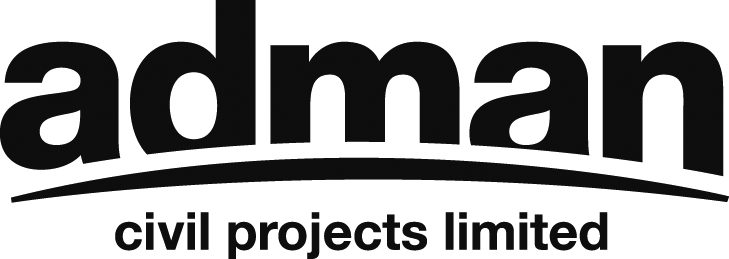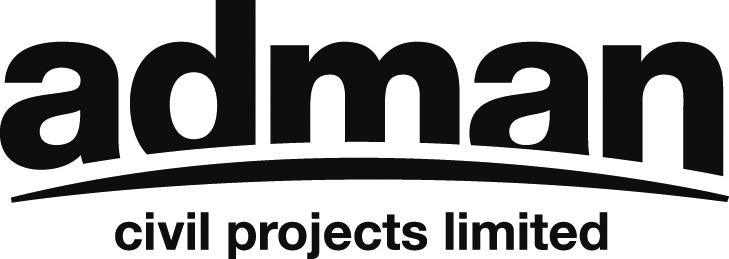Title Page
-
Candidate Name:
-
Candidate Contact No:
-
Line Manager Name:
-
Line Manager No:
-
Approved for assessment?
-
Location of assessment:
-
Date of assessment:
-
Start time
-
Assessor Name:
-
Assessor contact No:
-
Worksite Location/Mileage
-
Appropriate PPE worn?
-
Nature of work:
Part 1. Walking on or near the line (needs to be completed by all PTS candidates).
-
Choose Yes, No or N/A as an answer for the task. Where further mentoring is required also select FMR and add comments below. Should the candidate have any questions, select the Q column for the relevant subject and add comments below. Multiple slections can be made. For example: Yes & Q; or No & FMR.
Observations & Questions
-
Has the candidate the correct PPE on?
- YES
- No
- Q
- FMR
- N/A
-
Can the candidate identify where the POS is?
- YES
- No
- Q
- FMR
- N/A
-
Did the candidate demonstrate 1.5m from a given point
- YES
- No
- Q
- FMR
- N/A
-
Did the candidate demonstrate 2 m from a given point
- YES
- No
- Q
- FMR
- N/A
-
Does the candidate know the distance on or near the line?
- YES
- No
- Q
- FMR
- N/A
-
Does the candidate know what the trackside is?
- YES
- No
- Q
- FMR
- N/A
-
Did the candidate look both ways when crossing the track?
- YES
- No
- Q
- FMR
- N/A
-
Did the candidate cross at a right angle?
- YES
- No
- Q
- FMR
- N/A
-
Did the candidate avoid the sleepers?
- YES
- No
- Q
- FMR
- N/A
-
Did the candidate stand in a POS after crossing the track?
- YES
- No
- Q
- FMR
- N/A
-
Does the candidate know the UP & Dn directions?
- YES
- No
- Q
- FMR
- N/A
-
Did the candidate correctly acknowledge all train driver warnings?
- YES
- No
- Q
- FMR
- N/A
-
Whilst walking, did the PTS candidate look up every 5 seconds?
- YES
- No
- Q
- FMR
- N/A
-
Did the candidate show reasonable track safety awareness when walking back to the access location?
- YES
- No
- Q
- FMR
- N/A
-
Assessor's comments:
Part 2. Only needs to be completed if the candidate will be working on or near the line.
-
Choose Yes, No or N/A as an answer for the task. Where further mentoring is required also select FMR and add comments below. Should the candidate have any questions, select the Q column for the relevant subject and add comments below. Multiple slections can be made. For example: Yes & Q; or No & FMR.
Observations and Questions
-
Did the candidate show reasonable track safety awareness when walking to the site?
- YES
- No
- Q
- FMR
- N/A
-
Did the candidate acknowledge the lookout after hearing the warning?
- YES
- No
- Q
- FMR
- N/A
-
Did the candidate move to a POS after hearing the Horn/whistle?
- Yes
- No
- N/A
-
Was the candidate focused on the train and not distracted whilst in the POS?
- YES
- No
- Q
- FMR
- N/A
-
Did the PTS candidate correctly acknowledge all train driver warnings whilst standing in a position of safety?
- YES
- No
- Q
- FMR
- N/A
-
Whilst working, did the PTS candidate stay within the worksite limits?
- YES
- No
- Q
- FMR
- N/A
-
If tools are being used, were they moved into the correct POS?
- YES
- No
- Q
- FMR
- N/A
-
Is the PTS candidate continually aware of their own safety and following the TSC’s instructions when working On or Near the Line?
- YES
- No
- Q
- FMR
- N/A
-
Did the candidate wait until the TSC gave permission to leave the POS?
- YES
- No
- Q
- FMR
- N/A
-
Did the candidate show reasonable track safety awareness when walking back to the access location?
- YES
- No
- Q
- FMR
- N/A
-
Assessor's comments:
Part 3. Only needs to be completed if the candidate will be working on or near the line.
-
Select Pass, Fail or N/A as required.
Knowledge of TSC briefing.
-
Access Location
-
Direction of Travel
-
Line Speed
-
Location of Work
-
Working From / TO
-
Type Of Work Zone
-
Number of Lookouts
-
Method of warning
-
Position Of Safety
-
First Aider
-
Means of Contacting emergency services
-
Hazards
-
Assessor's comments:
PART 4. Only needs to be completed if the candidate will be working on or near the line.
-
Select Pass, fail or N/A as required.
PTS Knowledge
-
If caught between adjacent lines, where should you lie down?
-
Where is the five-foot?
-
Where is the six-foot?
-
What does a limit clearance sign look like?
-
What distance is your POS
-
What must you do if you’re taking prescribed or non-prescribed medication?
-
What distance is defined as on or near the line?
-
If you’re working in a separated green zone, what minimum distance must you keep from any line open to train movements?
-
What is the minimum distance tools should be placed when moved into POS
-
Can you use your mobile phone when “on or near the line”?
-
What must you do if warned of an approaching train in a red zone?
-
If working in a red zone, who must you never distract?
-
What are you permitted to do on your own when ‘on or near the line’?
-
Using the phonetic alphabet, ask then for the corresponding names for the following: A,D,E,G,H,I,K,L,Z,9,0
-
How many units of alcohol can you drink during working hrs?
-
What is the minimum PPE you should be wearing when on or near the line? A Safety gloves.<br>B Dust mask.<br>C Approved High Visibility clothing.<br>D Eye Protection.<br>E Safety helmet.<br>F Ear defenders.<br>G Approved safety footwear.<br>H Earplugs.
-
List the procedure for making an emergency call: A. State, “This is an emergency call.”<br>Check you are speaking to the correct person, i.e., Signaller at the correct location<br><br>B. Give your Name, Grade and Location<br><br>C. Say What has happened.<br><br>D. Say exactly where it has happened and what services are required<br><br>C. Use signal numbers or mileposts if possible.<br>
undefined
-
Assessor's comments:
5. Summary of Assessment/ Decision
Assessors's decision.
-
PTS qualification
-
Assessor's Signature
Candidates declaration
-
I have read and confirmed the Assessor's feedback
-
Candidate's signature
-
Date & Time
-
Candidate's comments on assessment.








